Best budget telescopes: cost-effective ways to stargaze
Whether you want to photograph the stars or just enjoy looking at them, these are the best budget telescopes
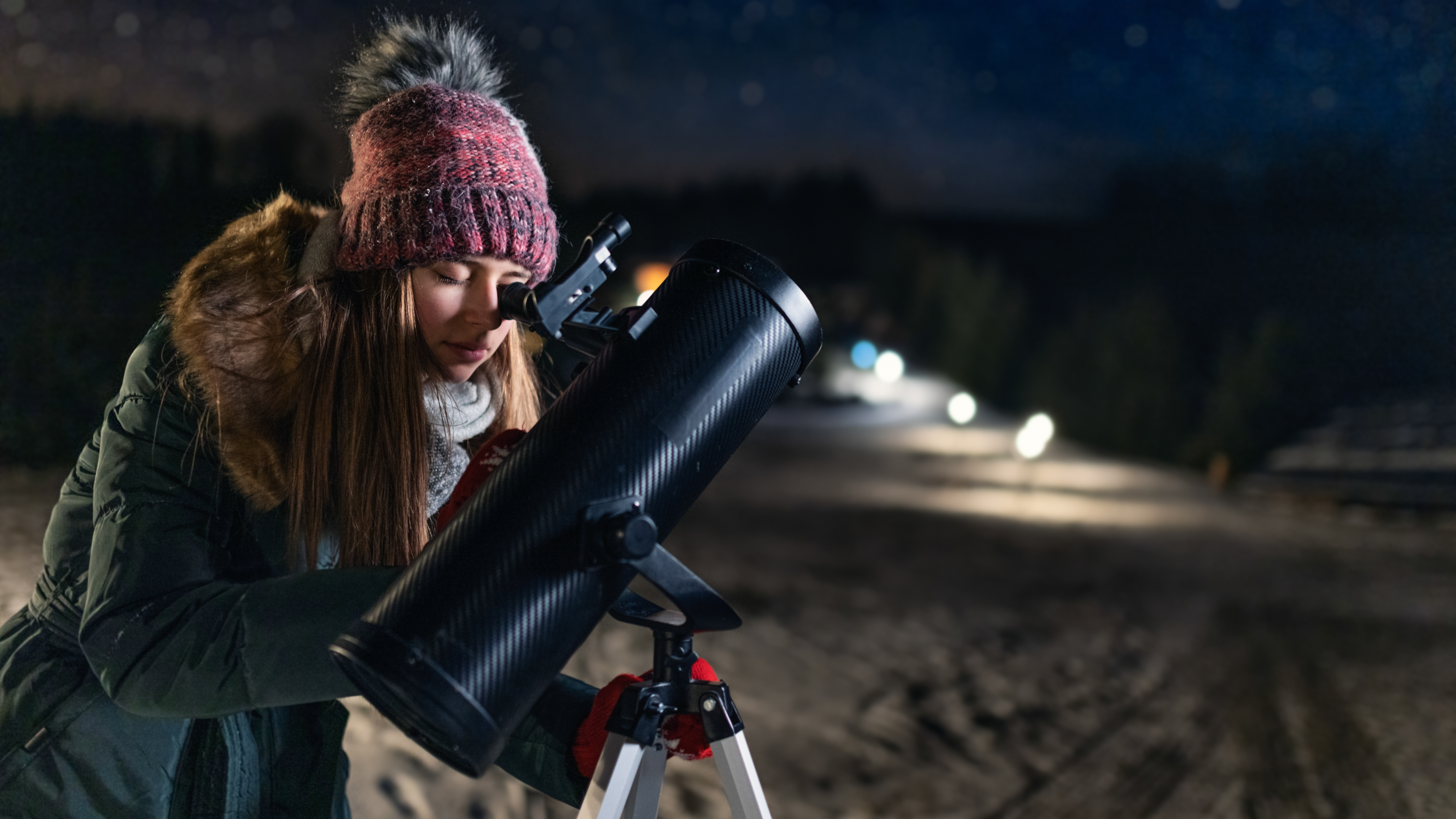
Our top picks↩
1. Best overall
2. Best intermediate
3. Best cheap
4. Best portability
5. Best computerized
6. Best optics
7. Best for phones
8. Best beginner
9. Best kids
FAQs
How to choose
How we test
The best budget telescopes offer great way for you and your family to spend long evenings studying and photographing the wonders of the universe, for much less money than you might imagine.
In this guide, we’ve provided a mix of refractors and reflectors of varying price ranges. Refractors are generally smaller and more portable, taking the shape and construction stylings of camera lenses, whereas reflectors are generally girthier, sometimes a little heavier, but can provide light-gathering capabilities that excel refractors at times.
There are plenty of options in this list to suit beginners and more intermediate users, or more experienced astronomers wishing to keep their costs down. So whether you want to view the craters of the Moon, or fancy gazing at planets and nebulae, we’ve got you covered.
Our top picks
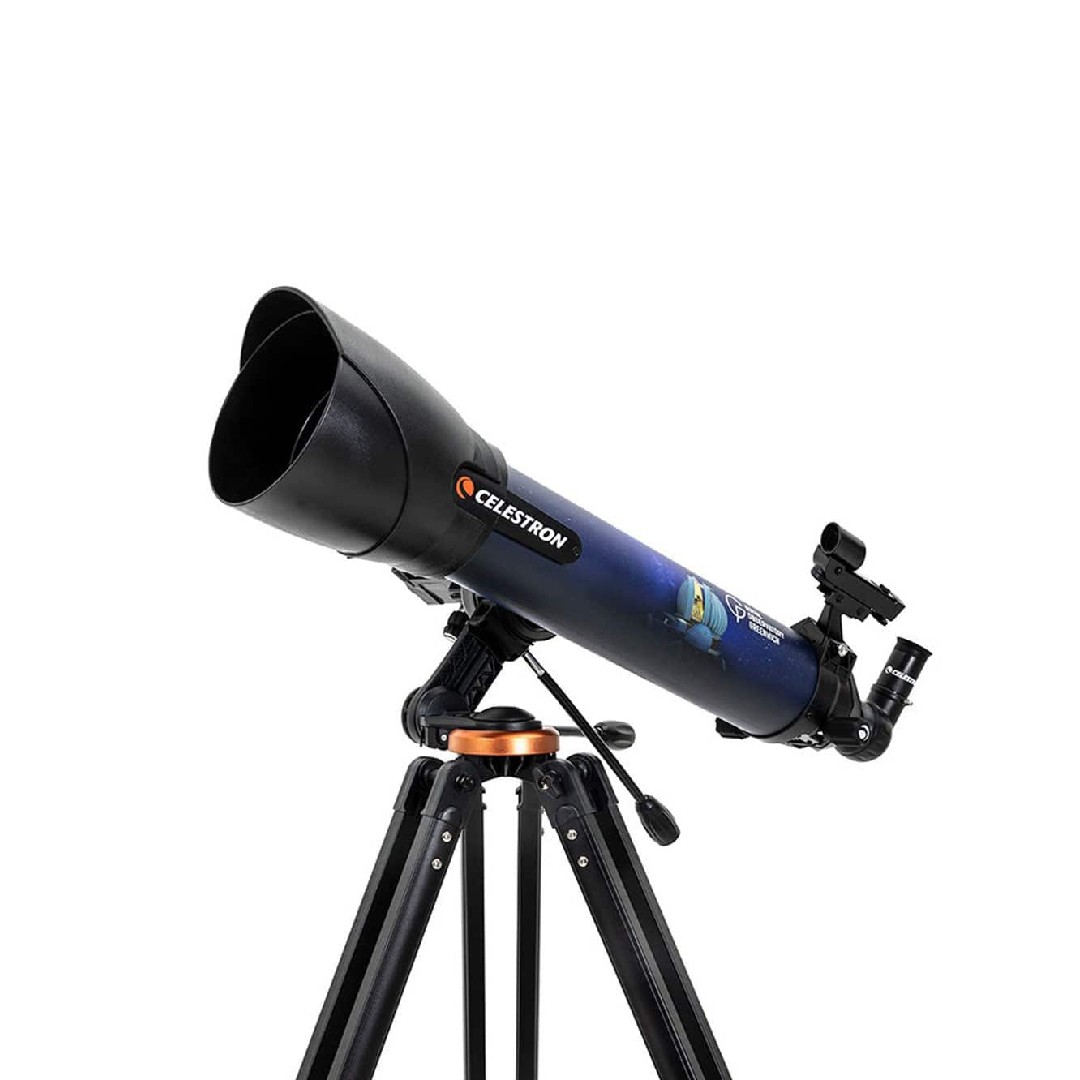
Best overall
Here's our top pick overall. Despite the low price the moon craters appear incredibly detailed and the terminator line on the lunar surface is incredibly sharp. The software tells you if objects are ‘City Viewable' or 'Dark Sky Viewable', too
Read more below
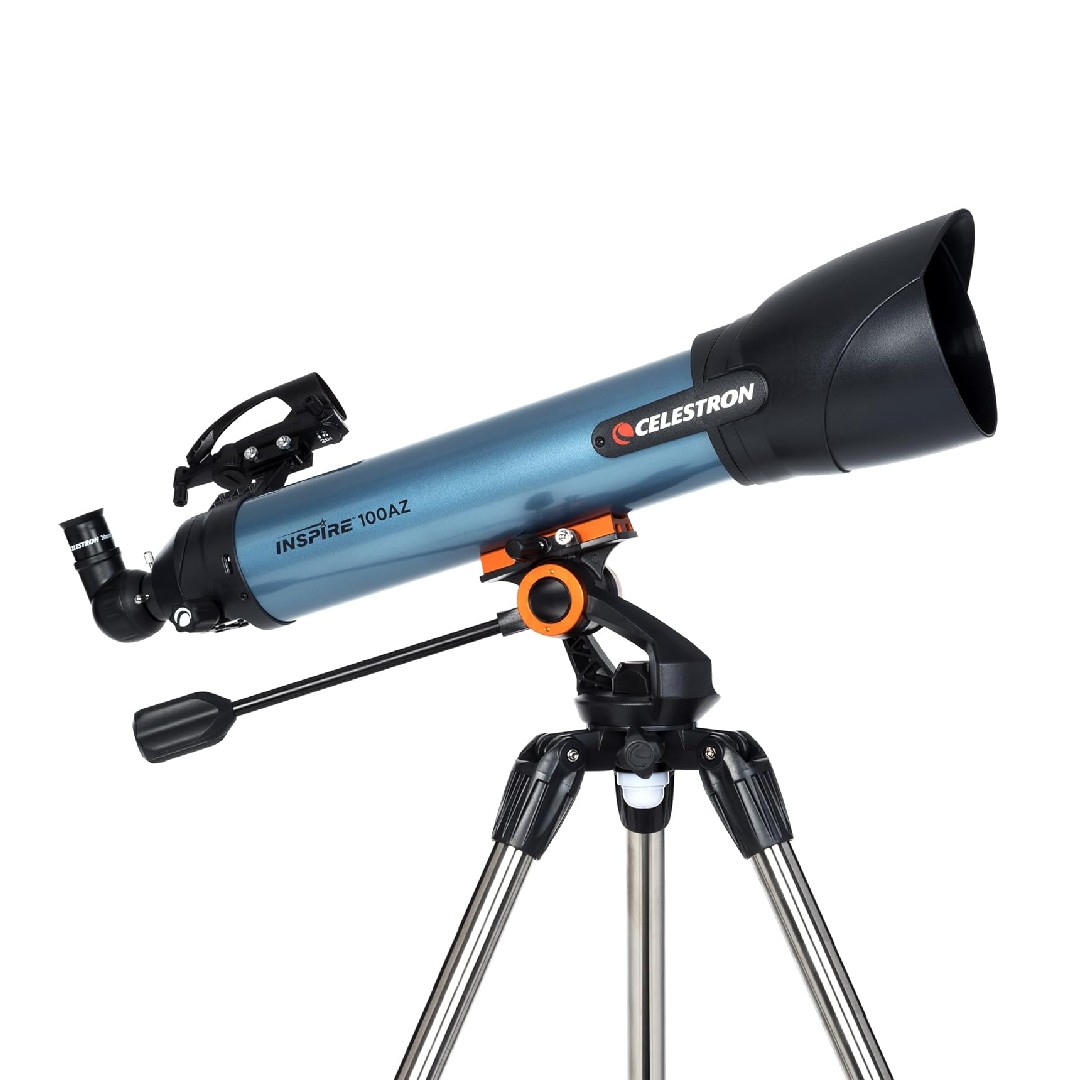
Best for beginners
Perfect for newbies, this telescope is quick and easy to set up and doesn't require any tools. Its optics are impressive for a scope that can be picked up for around $300, with fully coated glass optics and a sturdy steel adjustable tripod.
Read more below
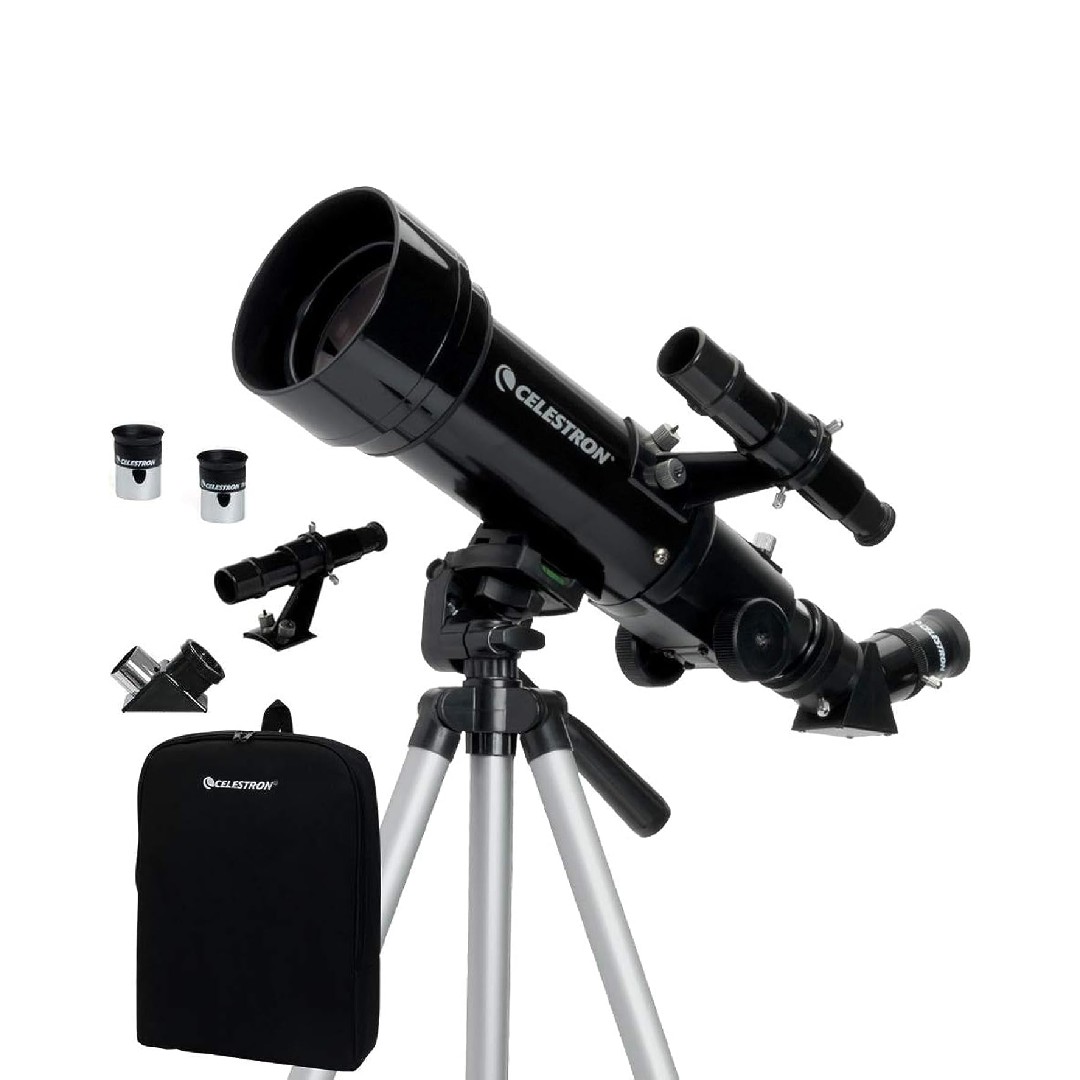
Best under $100
This travel-friendly telescope can be picked up for less than $100, which is an excellent price for something that is not only a great nighttime companion but also, thanks to the erect image diagonal, its great for daytime use too.
Read more below
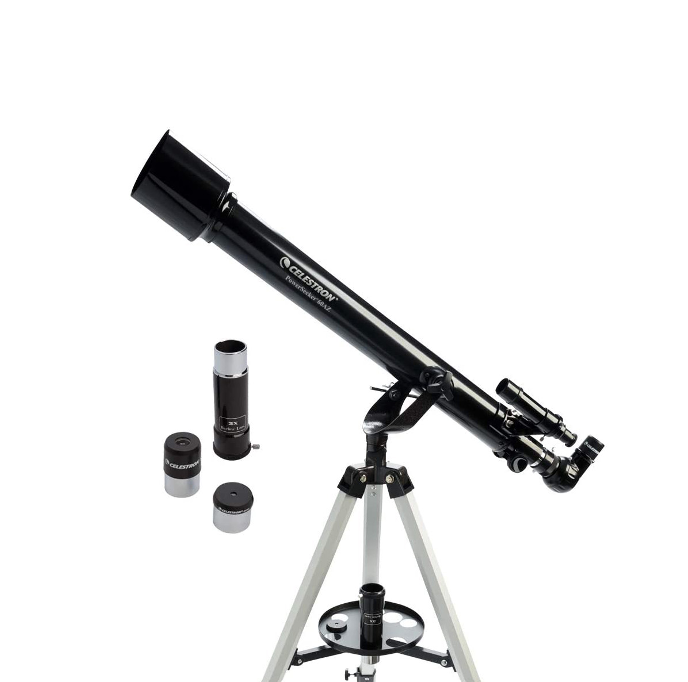
Best portability
This telescope is aimed at amateur astronomers, but the erect image optics are perfectly suited for both terrestrial and astronomical use. The 60mm aperture is more than enough power for a detailed look at the Moon, and Jupiter.
Read more below
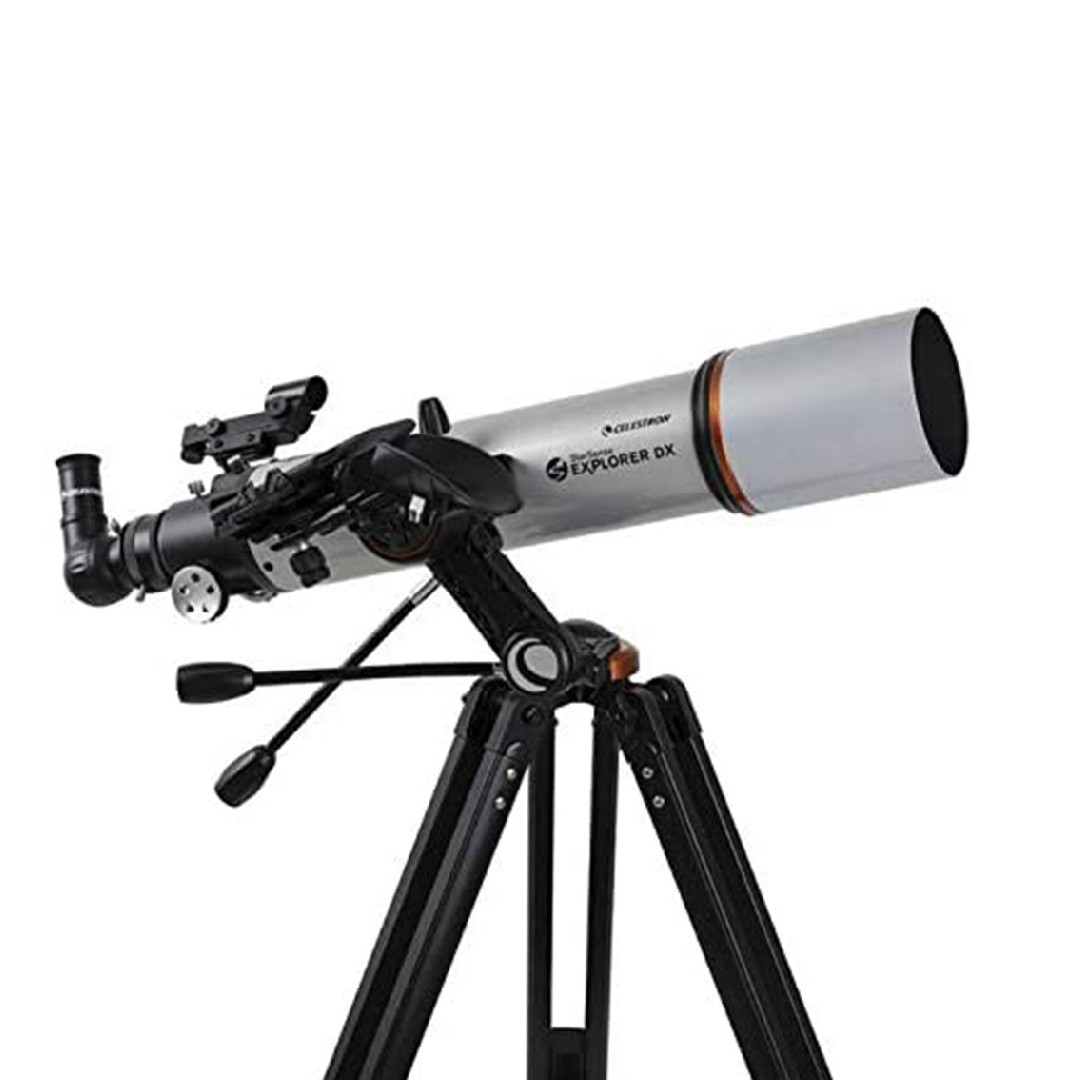
Best computerized
When used with an app, the telescope will 'know' what it's pointing at, and helps you navigate to locate other targets in its database. This means you don't have to know anything about the night sky to be able to find where things are.
Read more below
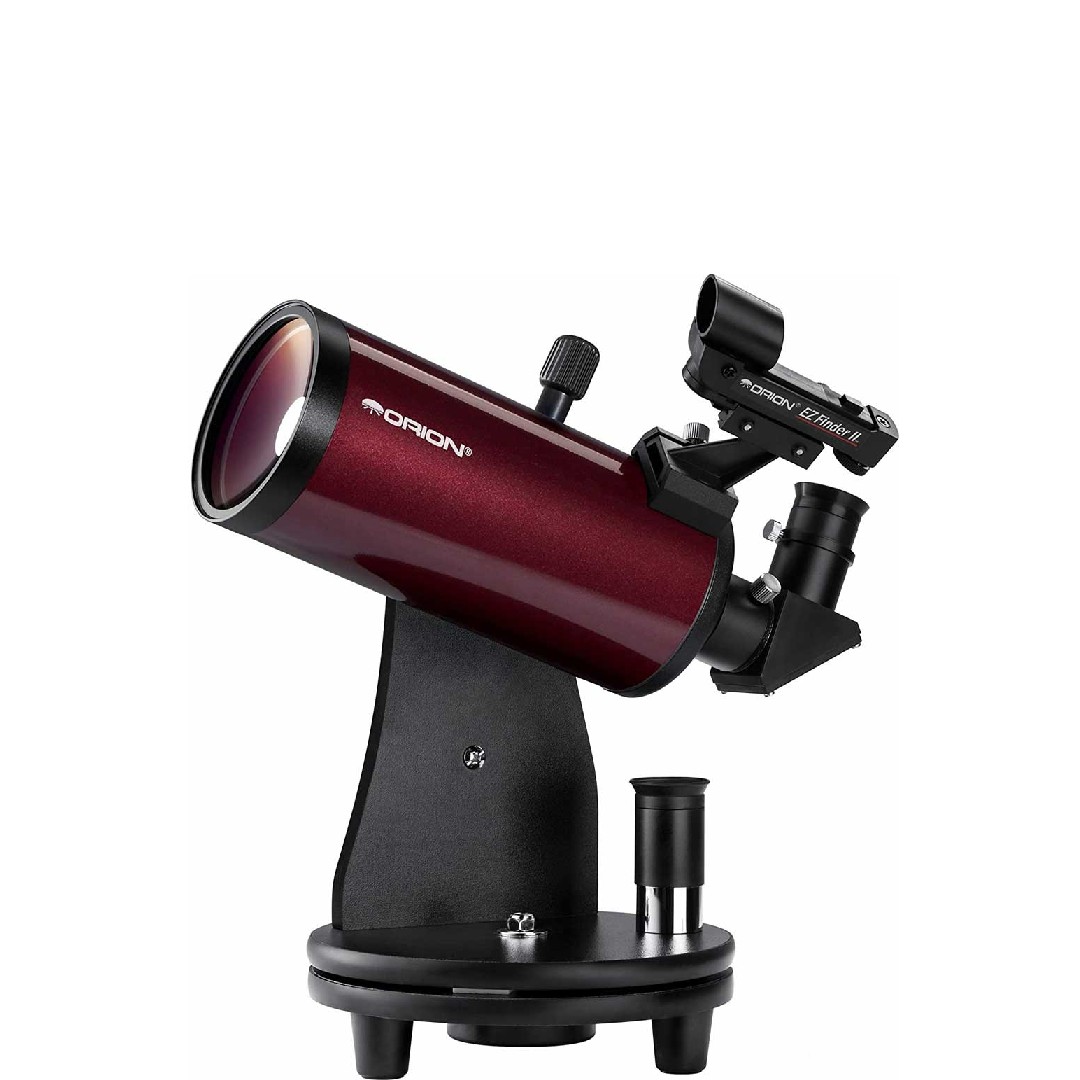
Best optical quality
Despite the low price, this telescope gathers enough light to see globular clusters, nebulae, and other bright galaxies. Just remember the field of view is narrow so you will only see a portion of them at a time before moving the frame.
Read more below
Best budget telescopes
Why you can trust Digital Camera World
Best budget telescope overall
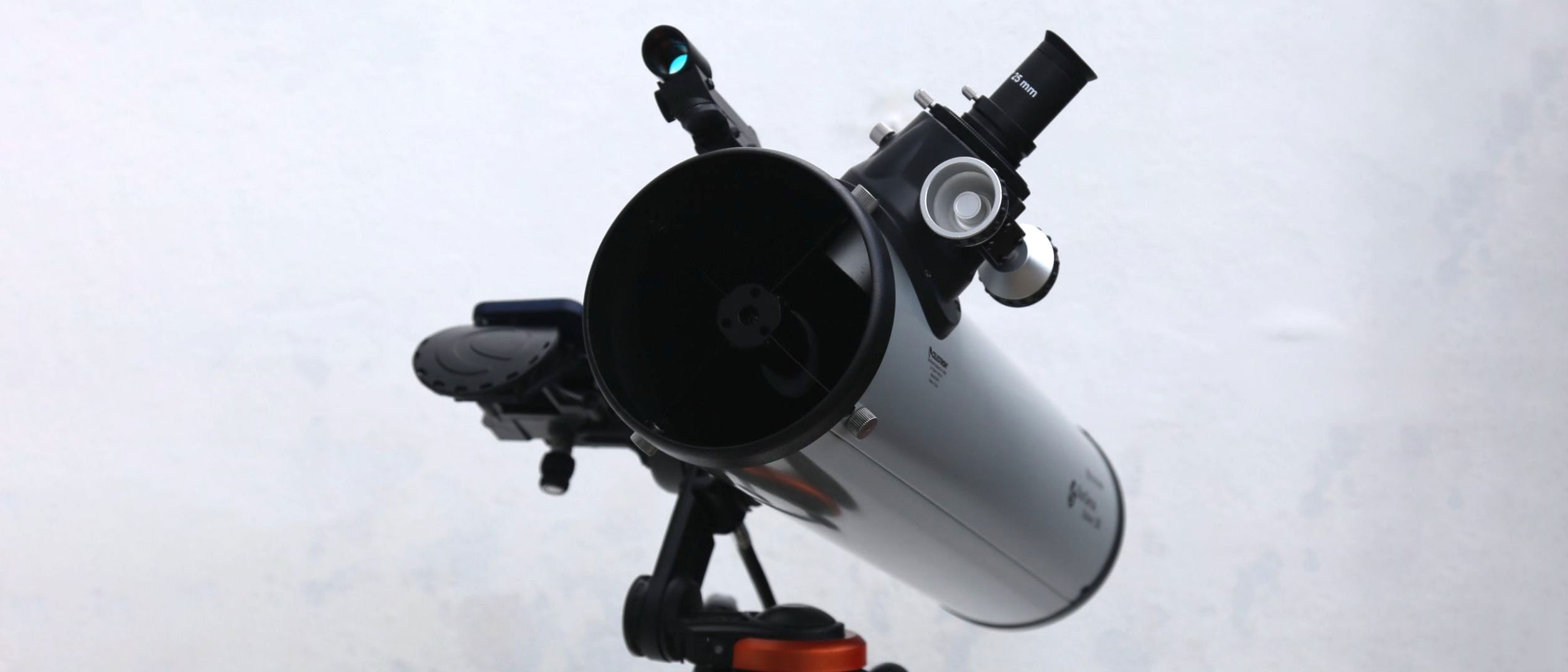
Specifications
Reasons to buy
Reasons to avoid
We'll start with our top recommendation. In use, our reviewer found this affordable telescope: "a joy to focus, with a tactile and low-gear focusing knob making it really easy and quick to get some sharp images". It also comes with a clever app, which is used to align it to objects in the night sky.
Note, though, that unlike go-to motorised mounts, this one does not move electronically and the user is still required to physically move the telescope. If a fully motorised unit is what you’re after, this isn’t the telescope for you, but it does give your more physical connection with the instrument, especially whilst being guided by the software. The software tells you if objects are ‘City Viewable' or 'Dark Sky Viewable', too, so you don't waste your time looking for something you can't see.
As with most on this list, two fairly basic eyepieces are supplied with this scope so, over time, you'll probably want to upgrade them. Unlike the 76mm Firstscope, a red dot finder comes as standard. Even without doing this though, the moon craters appear incredibly detailed and the terminator line on the lunar surface is incredibly sharp. Admittedly, that without a motorized equatorial mount it’s of little use for astrophotography. But otherwise, this budget telescope offers great value.
For more details, see our Celestron StarSense Explorer DX 130AZ review
Best budget telescope for intermediate users
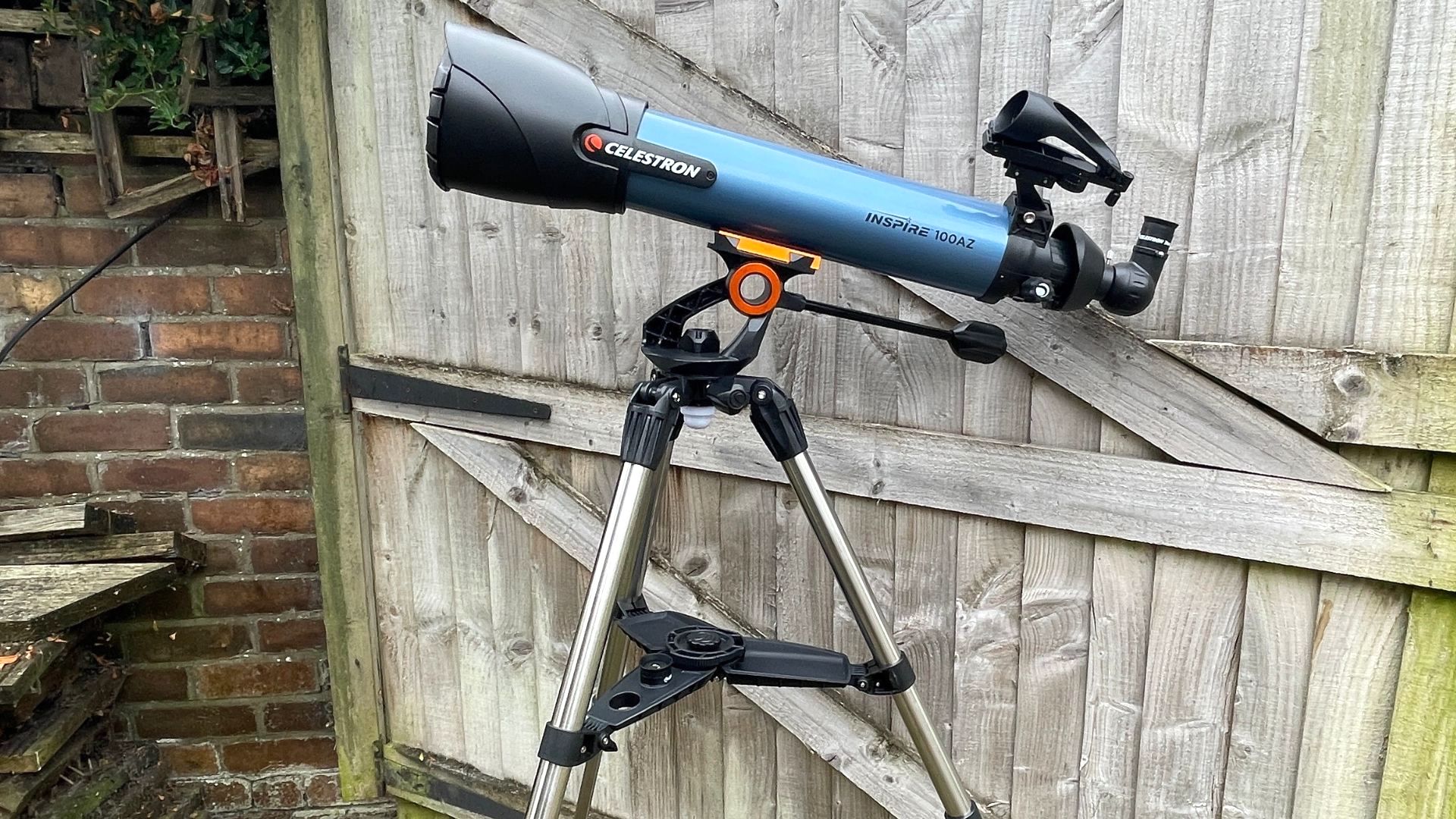
Specifications
Reasons to buy
Reasons to avoid
Here's our top pick for beginners. Like most telescopes in our roundup, setup is quick and easy and doesn't require any tools. Its optics are impressive for a scope that can be picked up for around $300, with fully coated glass optics and a sturdy steel adjustable tripod (as opposed to aluminium).
It does suffer from some chromatic aberration in some instances, which means that some objects might not appear as their true color, but this is to be expected at this price point. Our reviewer found it took a little fiddling to get the best views, but the results were worth it. "We got some lovely clear and bright views of the gas giant planets, Saturn and Jupiter through the 20 mm eyepiece," he enthused.
It also comes with a handy accessory tray and the lens cap doubles up as a smartphone holder to take astro photos with your phone. They won't be amazing, but they will be better than what you could take without the scope.
The mount also has an inbuilt red LED flashlight (so as not to damage your night vision) which makes working in the dark easier, although the optics will allow for daytime viewing as well as astronomical observing.
For more details, see our full Celestron Inspire 100AZ review.
Best budget telescope under $100

3. Celestron Travel Scope 70
Specifications
Reasons to buy
Reasons to avoid
This travel-friendly telescope can be picked up for less than $100, which is an excellent price for something that is not only a great nighttime companion but also, thanks to the erect image diagonal which gives us a correct right to left, right-side-up image, its great for daytime use too.
There’s nothing groundbreaking about the night sky views with this telescope but you will be able to see detail on the Moon and see the rings of Saturn. It's a great 'grab and go' scope that doesn't require any complex setup. Something you can take to the park for birdwatching or leave on the windowsill for nature or plane spotting.
To do any serious scoping, you will need to replace the supplied tripod, it is far too flimsy and thus you'll see every magnified wobble which will quickly get frustrating. It's also pretty short, even when the legs are fully extended. That means lots of crouching down. If you're not planning on replacing it, take a chair out with you so you can comfortably look through the eyepiece.
Best budget telescope for portability
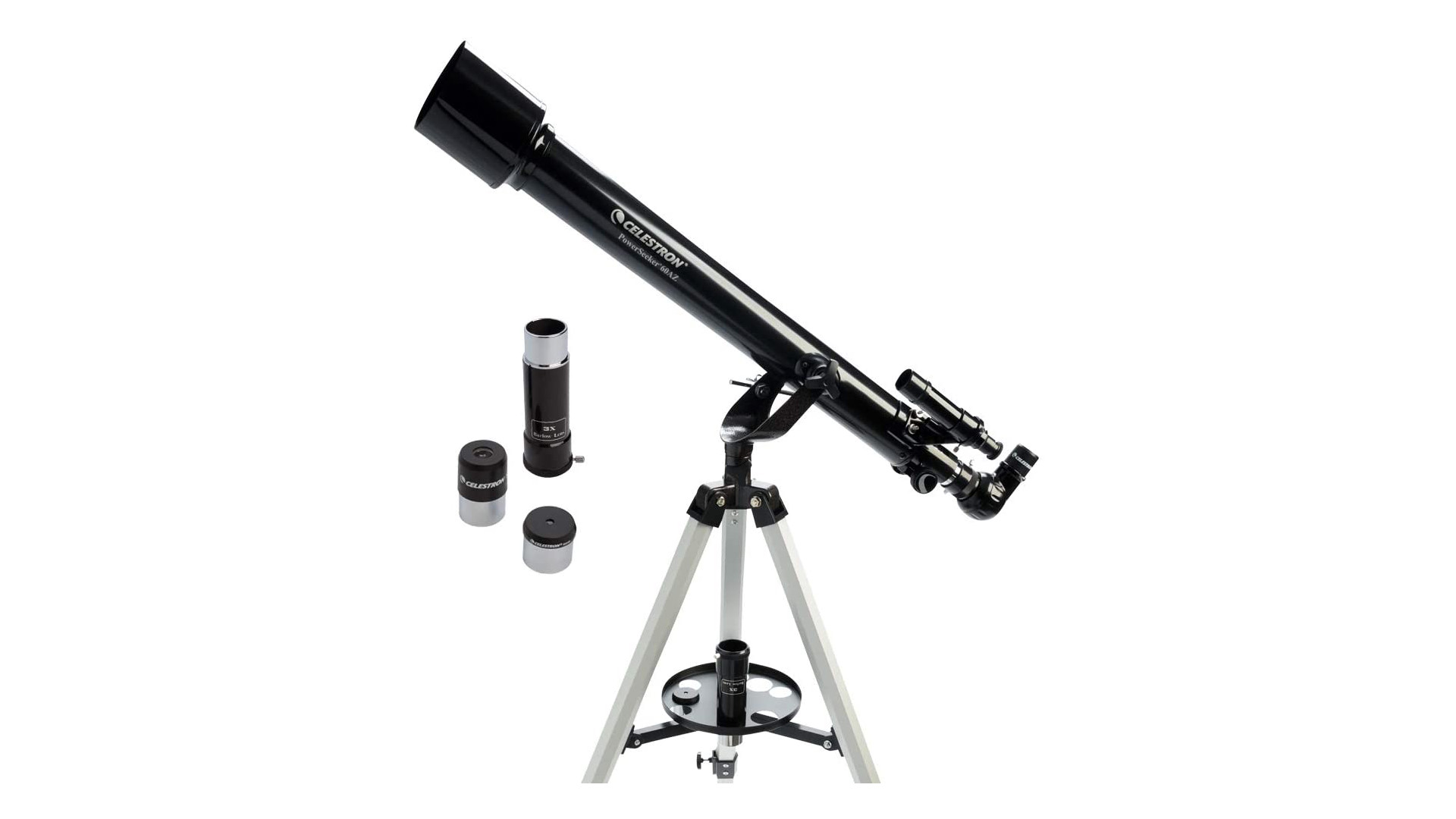
4. Celestron PowerSeeker 60AZ
Specifications
Reasons to buy
Reasons to avoid
Looking for something compact, lightweight, and portable? This model is our top recommendation, weighing just 4.5kg. This is another telescope that only requires a little time to set up and is aimed at amateur astronomers, but as with the Travel Scope 70, the erect image optics are perfectly suited for both terrestrial and astronomical use.
The 60mm aperture is more than enough power for a detailed look at the Moon, and Jupiter and you'll see the rings of Saturn, but it isn't intended for viewing planets in any great detail.
The mount is well made and secure. A more expensive (stainless steel) model would be slightly sturdier but this one is useable providing it's not especially windy. The 20mm eyepiece is great but the 4mm is pretty unusable. The more you discover about telescopes, you'll understand good eyepieces are expensive. In reality, a good quality 4mm eyepiece would cost about half the price of this entire telescope, so take this 4mm’s presence with a pinch of salt. Overall, it's a good scope but for causal/amateur use only, rather than anything more serious.
Best budget telescope that's computerized

5. Celestron StarSense Explorer DX 102AZ
Specifications
Reasons to buy
Reasons to avoid
The first 'push-to' (aka computerized) telescope in this guide is perfect for those just starting out in skywatching. When used in connection with an app on a compatible smartphone or tablet, the telescope will 'know' what it is pointing at, and helps the user navigate to locate other targets in its database. This means you don't have to know anything about the night sky to be able to find where things are (even if they are not pinpoint accurate and might need slight adjustment to center). This technique gives maximum observation time and saves time hunting for objects.
This isn't a telescope that will prove useful for seeing or photographing deep-sky objects, but is ideal to observe and photograph brighter objects with an appropriate smartphone or camera adapter. The wide field of view means you'll be able to see whole globular star clusters and nebulae across the frame.
With this telescope, you get two eyepieces with useful magnifications of 26x and 66x, and the roof prism star diagonal (rather than a star diagonal) means the images are the right way around.
Best budget telescope for optical quality
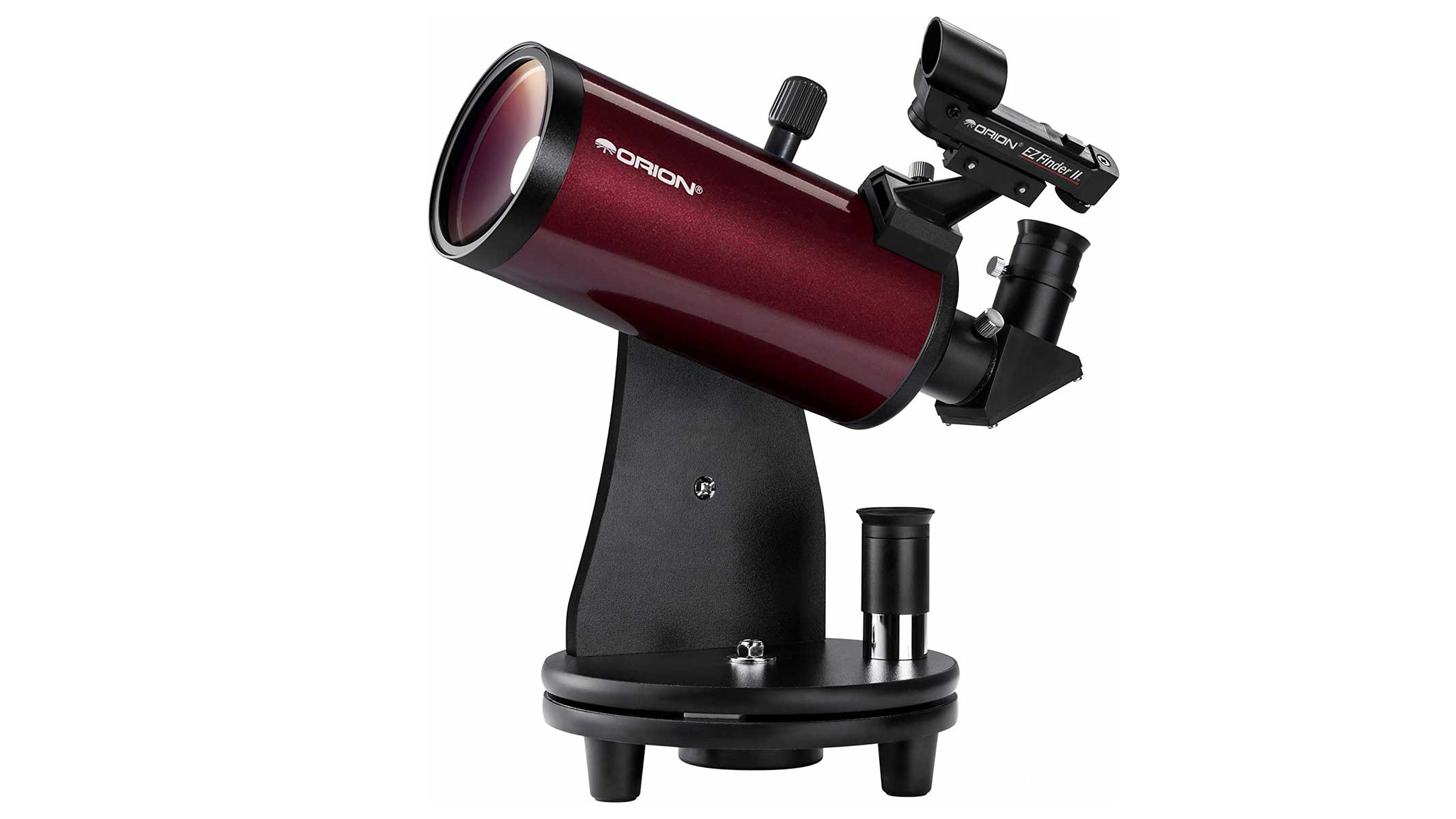
6. Orion StarMax 90mm Tabletop
Specifications
Reasons to buy
Reasons to avoid
With the Orion StarMax 90mm you'll be scoping the sky in no time at all. And, because it's so portable we argue it’s one of the best compact telescopes available. Even more advanced astronomers will use this as their 'grab-and-go' choice.
Thanks to the Maksutov-Cassegrain design, the telescope doesn't suffer from the colour-aberration that some cheaper lenses do. The eyepieces serve their purpose but if you expect to develop skywatching as a hobby you'll find yourself wanting to upgrade these in time.
The base itself is sturdy but bear in mind, that it's only as sturdy as the table it is sat on. If your table wobbles, so will the telescope. It’s worth considering mounting the telescope to a tripod instead of using the base.
The scope gathers enough light to see globular clusters, nebulae, and other bright galaxies, but remember the field of view is narrow so you will only see a portion of them at a time before moving the frame.
Best budget telescope with a smartphone adapter
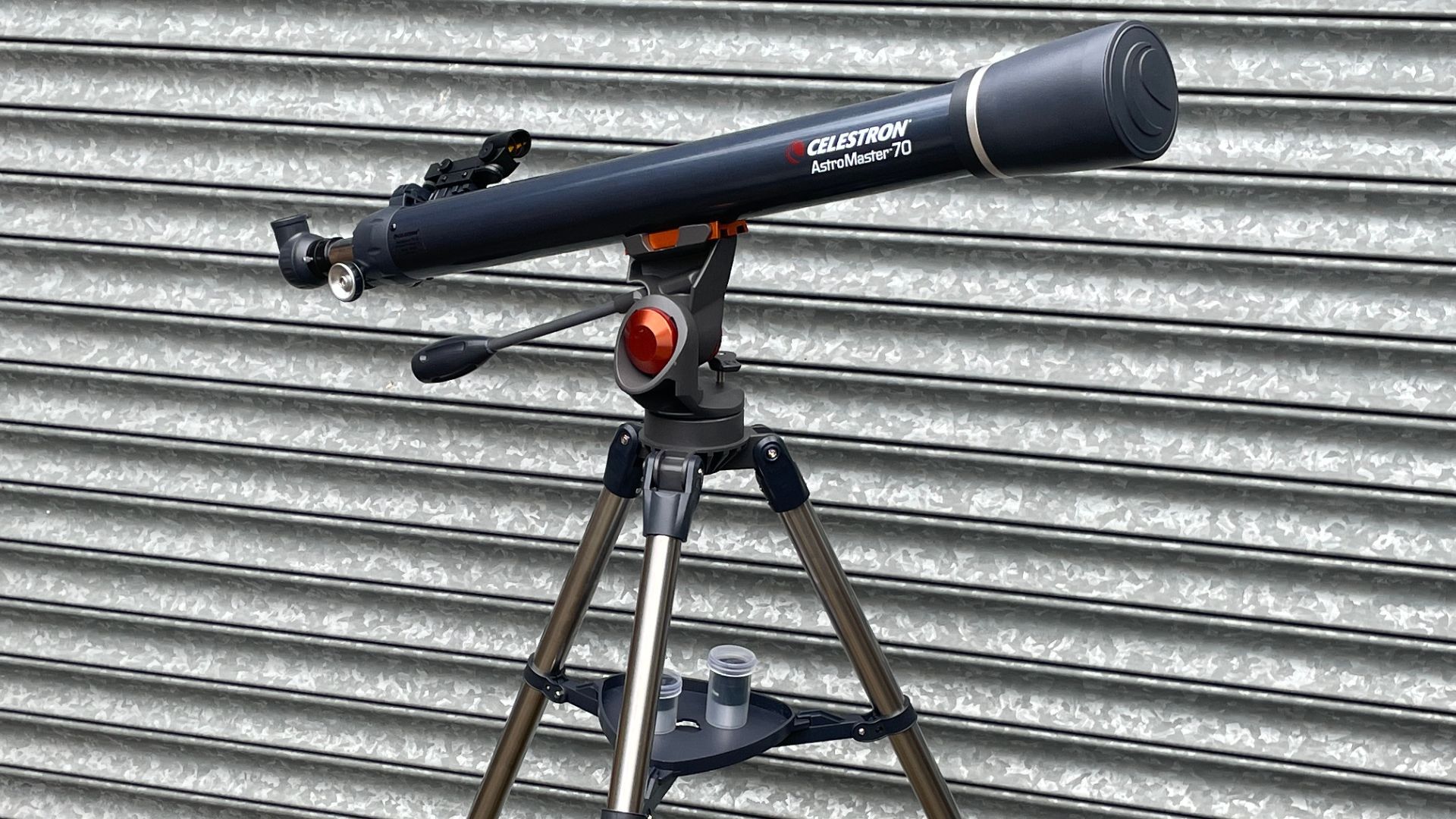
Specifications
Reasons to buy
Reasons to avoid
This scope is ideal for getting started in astronomy, it’s relatively inexpensive but is still a capable tool with good-quality optics. The glass is fully coated and there is next to no chromatic aberration, but the small aperture means it’s only capable of showing you the brightest celestial objects such as the Moon and Saturn – though they will be shown in excellent detail. You won't be able to see Deep-Sky objects with this scope.
With this package comes Starry Night Basic Edition Software which can teach you about 36,000 objects in the night sky which is a great learning tool, although remember, you won't be able to see many of them with this scope. It also comes with a smartphone adapter for capturing photo and video.
For more details, see our full Celestron AstroMaster 70AZ review.
Best budget telescope for casual use
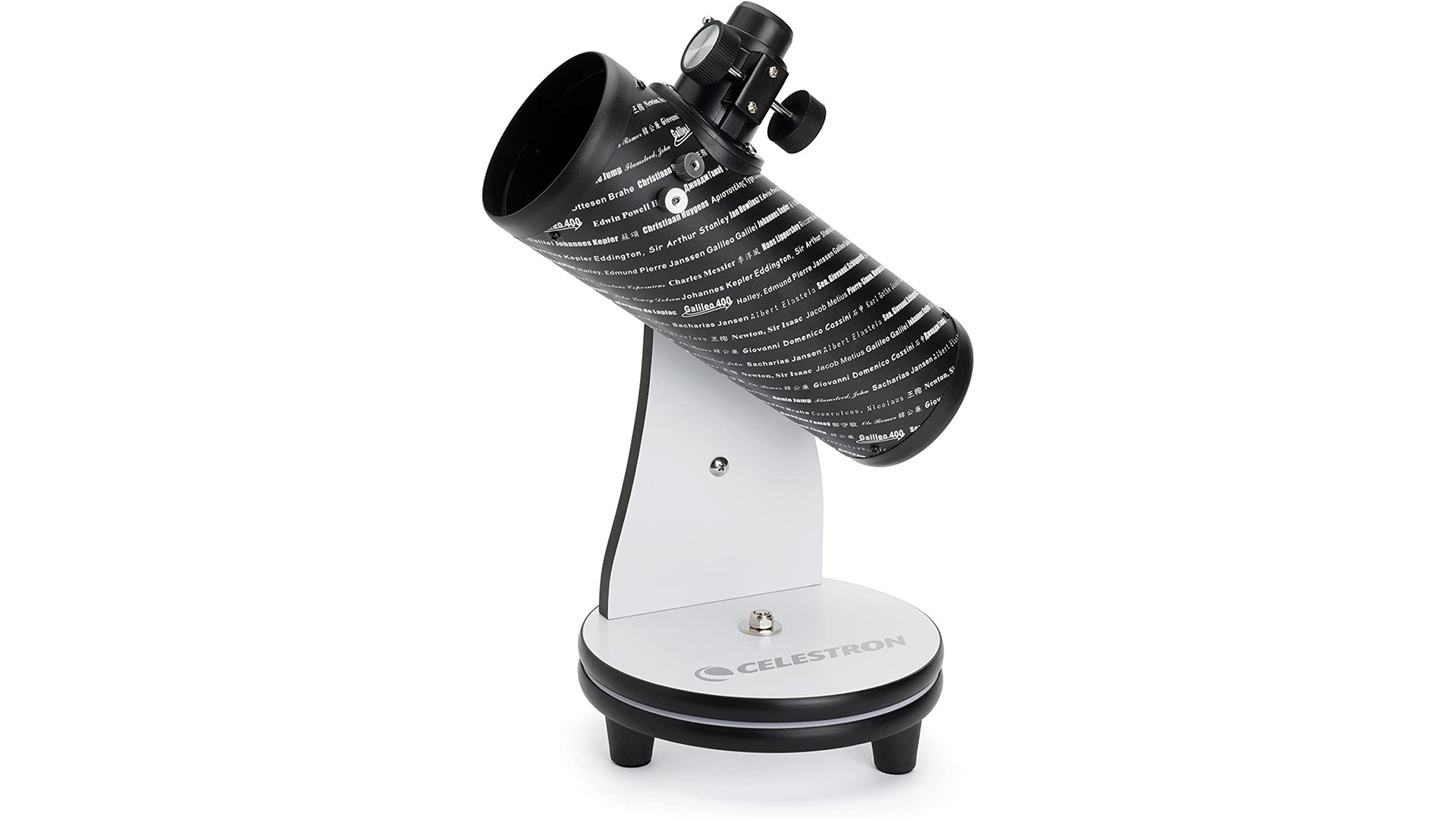
8. Celestron 76mm Firstscope
Specifications
Reasons to buy
Reasons to avoid
This is a fuss-free tabletop telescope that doesn't require any additional assembly. It's a small investment but it might just spark a love for all things astronomy, especially for children who will be wowed by the close-up of the Moon's craters.
Because it’s so affordable it’s a telescope that favours those who are more casual stargazers, or who may spend periods of time dipping in and out of skywatching. To get the most out of this scope though, you'll probably want to invest in a red dot finder to speed up star searching. We also recommend upgrading the eyepieces.
Best budget telescope for kids
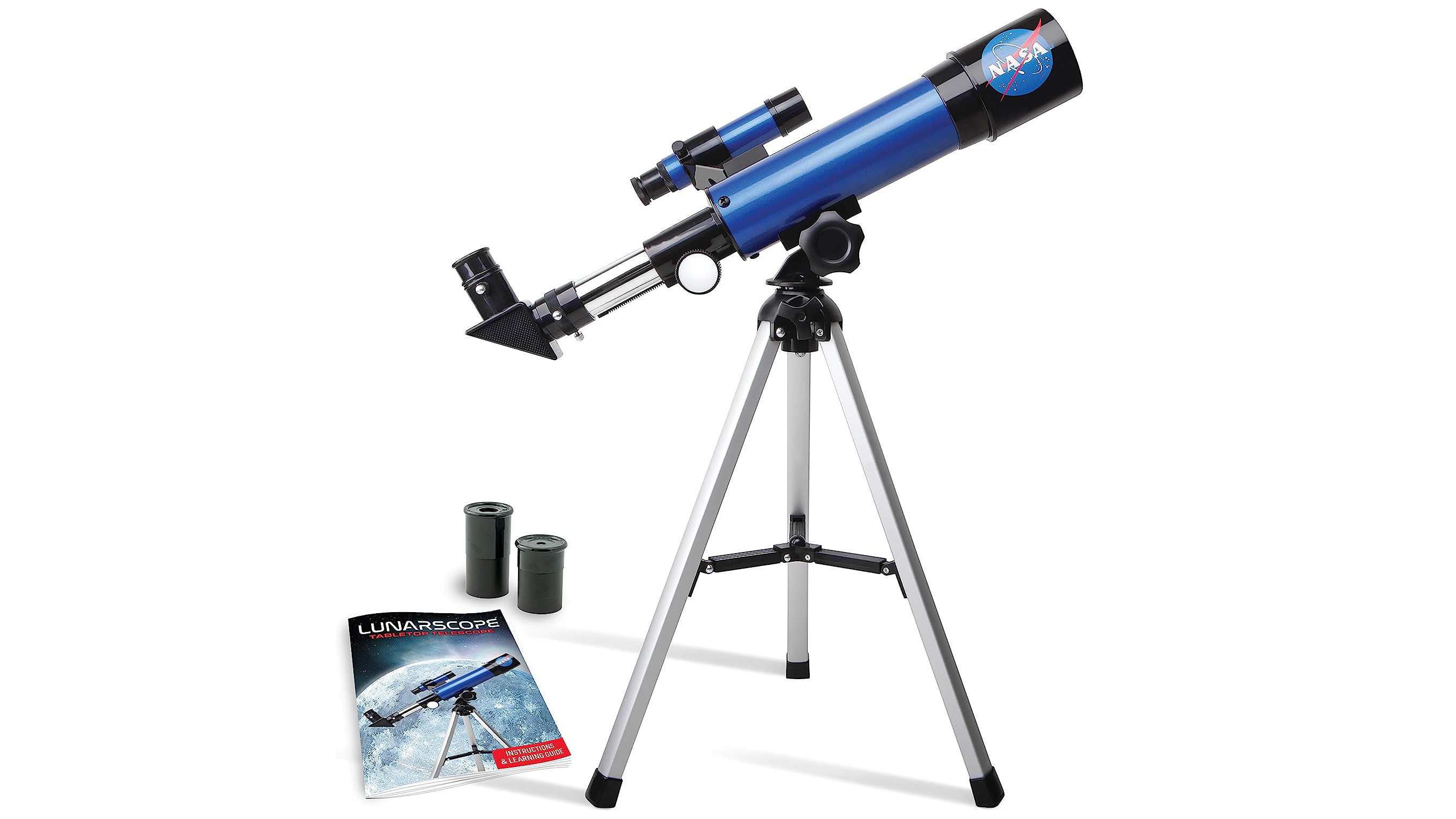
9. NASA Lunar Telescope for Kids
Specifications
Reasons to buy
Reasons to avoid
Want to get your kids gazing at the stars? Then this basic telescope is a great way to open their eyes and minds to the heavens. It comes with a finder scope, and low power (18x) and high-power (90x) eyepieces. It's designed specifically for looking at the moon, but there's no real reason it can't be used to look at stars and planets too. It comes with a tripod and mounting system, as well as a learning guide, and all at a nicely affordable price. It's fully manual and lacks advanced features, but if they're just starting out, that's probably a good thing.
See other options for the best telescopes for kids
FAQs
What are the main types of budget telescope?
There are two main types of telescopes for beginners: reflector and refractor. Reflectors use mirrors to collect light, while refractors use lenses. Reflectors are generally less expensive than refractors of the same quality, but they can be more difficult to set up and use. Refractors are more portable and easier to use, but they can be more expensive.
What are the main types of mount?
The mount is the stand that holds the telescope. Dobsonian mounts are a popular choice for beginner telescopes because they are simple to use and affordable. However, they can be difficult to use for observing objects that are high in the sky. Equatorial mounts are more versatile, but they are also more expensive.
What is aperture and how does it relate to telescopes?
The aperture of a telescope is the diameter of the objective lens or mirror. The larger the aperture, the more light the telescope can collect, and the fainter the objects you will be able to see. For a budget telescope, a good aperture to start with is around 70mm to 90mm.
How to choose a budget telescope
First, set a realistic budget for your pocket. Telescopes can range from a few hundred dollars to tens of thousands. A good starting point is $200-$500, which will allow you to view the moon, planets, and some brighter deep-sky objects.
Next, decide between a reflector telescope (using mirrors) or a refractor telescope (using lenses). Reflectors are generally cheaper but might require more setup. Refractors are easier to use but pricier for similar quality.
The aperture, or the diameter of the lens or mirror, is crucial. The bigger the aperture, the more light the telescope collects, allowing you to see fainter objects. For a budget telescope, aim for an aperture of 70mm to 90mm.
The mount, the stand that holds the telescope, is also important. Dobsonian mounts are simple and affordable but struggle to view objects high in the sky. Equatorial mounts are more versatile but costlier.
Finally, consider where you're going to be using the telescope. City lights can dim your view, so if you live in an urban area, prioritize a larger aperture to see fainter objects. If portability is important, consider a lighter, more compact telescope.
How we test telescopes
We test budget telescopes to ensure that they provide a good-quality stargazing experiences, despite their low price. Our testers conduct thorough examinations of the optical components under nighttime conditions, each the telescope's ability to provide clear, minimally distorted views of familiar celestial targets. We assess the overall build quality, ensuring durability and hassle-free assembly, and pay particular attention to the stability and user-friendliness of the mount.
Read more guides:
Best telescopes for astrophotography
Best smart telescopes
Best deep-space telescopes
Best computerized telescopes
Best cameras for astrophotography
Best CCD cameras for astrophotography
Best spotting scopes
Best binoculars
Astrophotography tips
Get the Digital Camera World Newsletter
The best camera deals, reviews, product advice, and unmissable photography news, direct to your inbox!
Jase Parnell-Brookes is an award-winning photographer, educator and writer based in the UK. They won the Gold Prize award in the Nikon Photo Contest 2018/19 and was named Digital Photographer of the Year in 2014. After completing their Masters Jase has spent a good chunk of two decades studying and working in photography and optics shooting and writing all over the world for big-name brands and media outlets. Now the Channel Editor for Cameras and Skywatching at Space.com their speciality is in low light optics and camera systems.

